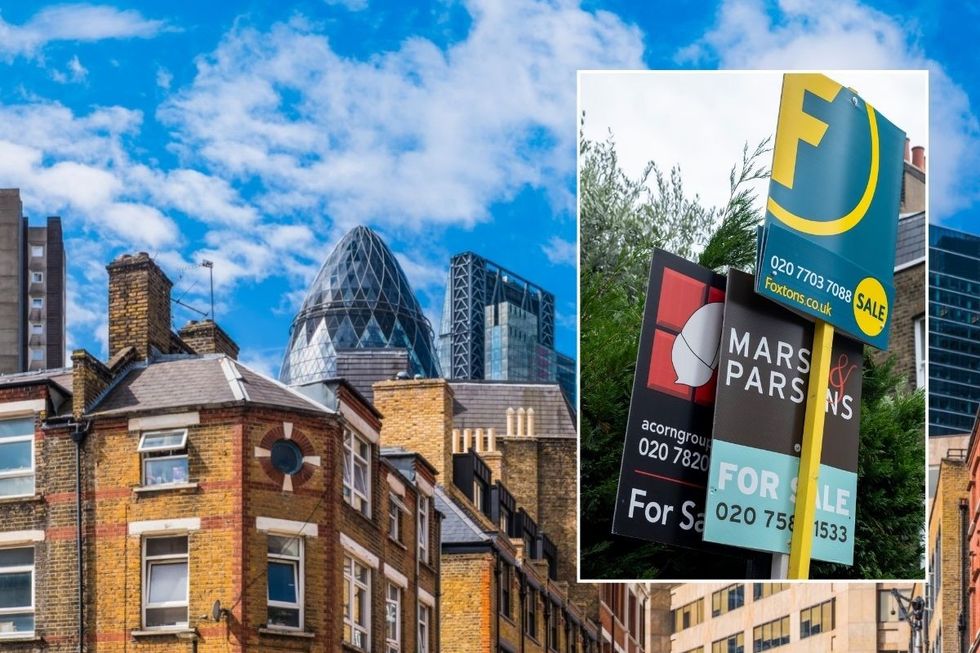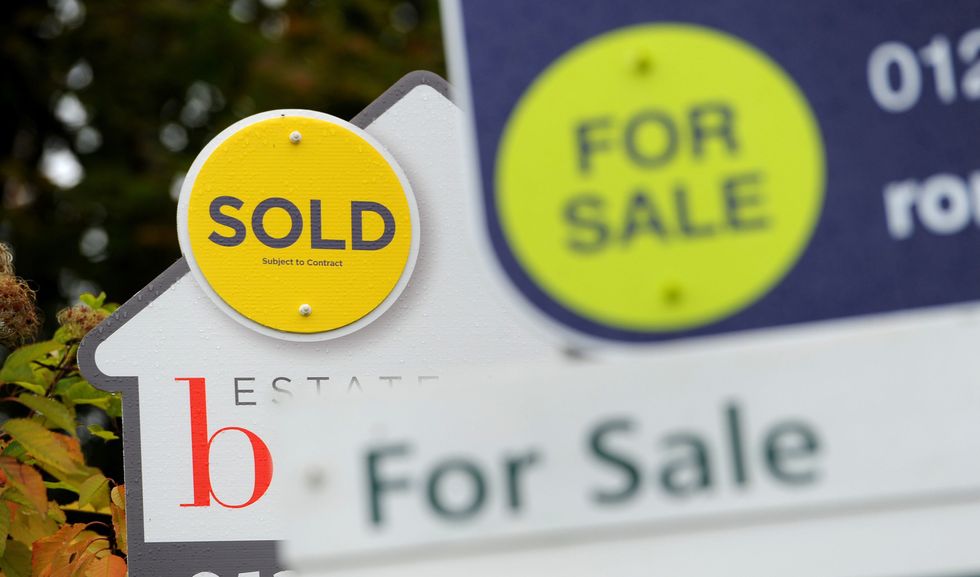House values are continuing their upward trajectory
GETTY
The latest figures confirm that house values are continuing their upward trajectory
Don't Miss
Most Read
Trending on GB News
UK house prices have hit a new record high of £293,999, marking the fourth consecutive monthly rise, according to Halifax.
The milestone represents a significant recovery in the property market, with prices now exceeding the previous peak set in June 2022.
The latest figures confirm that values are continuing their upward trajectory following earlier price falls in 2023.
House prices increased by 0.2 per cent in October, bringing the annual growth rate to 3.9 per cent, slightly lower than September's figure.

House prices increased by 0.2 per cent in October
GETTY
The average property value of £293,999 has now surpassed the previous peak of £293,507 recorded in June 2022 during the pandemic-era housing boom.
Halifax's head of mortgages Amanda Bryden noted that while prices did fall in 2023, "they didn't fall very far," with values generally levelling off over the past two and a half years.
Northern Ireland led the regional house price growth with a remarkable 10.2 per cent annual increase, bringing average prices to £204,242.
The North West and Wales followed with strong performances, showing rises of 5.9 per cent and 5.6 per cent respectively.
Scotland recorded the slowest annual growth at 1.9 per cent, while London maintained its position as the most expensive region with an average price of £543,308, following a 3.5 per cent increase.
Amanda Bryden from Halifax highlighted improving market activity, noting that new mortgage agreements reached their highest level in two years.
She attributed this to average mortgage rates dropping steadily since spring, despite ongoing affordability challenges.
Looking ahead, Bryden predicted house prices would continue to grow at a modest pace through the remainder of this year and into 2025.
LATEST DEVELOPMENTS

Northern Ireland led the regional house price growth
PA
Sarah Coles from Hargreaves Lansdown warned that the new price high could impact affordability, particularly as new mortgages become more expensive following the Budget.
“The Budget didn’t impress the bond markets, given the level of borrowing that has been factored in by the Government," she noted. "It pushed bond prices down, which automatically pushes yields up, and makes mortgages pricier.”
Chief executive of SPF Private Clients, Mark Harris, said lower mortgage rates had "significantly buoyed" the housing market, driving buyer interest.
Foxtons CEO Guy Gittins struck an optimistic note, stating: "A fourth consecutive month of positive growth demonstrates the current strength of the UK property market."
The full of house prices and their annual increase, according to Halifax:
- East Midlands, £242,189, 4.4 per cent
- Eastern England, £333,741, 3.1 per cent
- London, £543,308, 3.5 per cent
- North East, £172,730, 4.0 per cent
- North West, £235,587, 5.9 per cent
- Northern Ireland, £204,242, 10.2 per cent
- Scotland, £206,480, 1.9 per cent
- South East, £387,587, 3.2 per cent
- South West, £303,362, 3.3 per cent
- Wales, £225,543, 5.6 per cent
- West Midlands, £257,287, 4.7 per cent
- Yorkshire and the Humber, £211,629, 5.3 per cent








